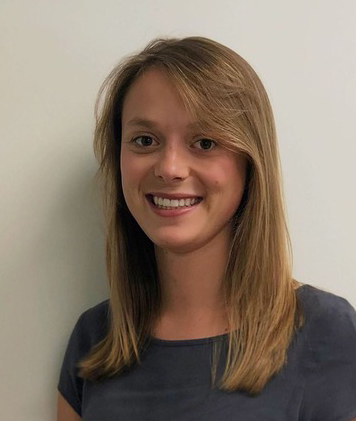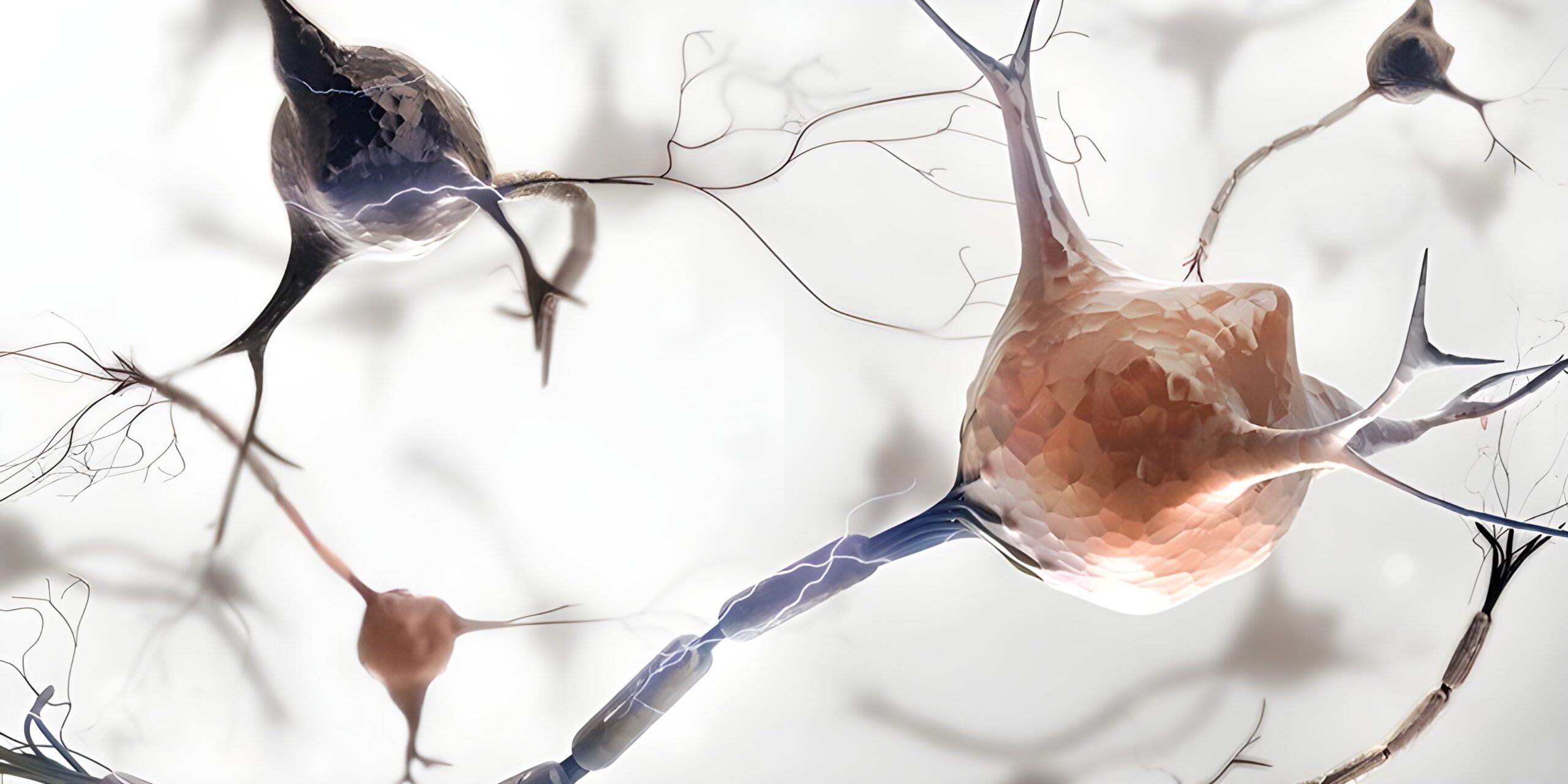The research project “Arousal – marker for inner restlessness in ADHD patients and healthy control subjects” was launched one year ago. A project that has emerged from clinical work and is now systematically investigating this new biomarker. The focus is on the GTSG Arousal Index, which takes into account various neurophysiological aspects of tension, rest, control and energisation. We investigate how it happens that there are people who are internally energized and restless and others who describe themselves as listless and sluggish. The Arousal Index is a measure based on brainwave measurements that gives people and therapists an indication of the basic activation of a person.
In this first phase, existing literature on the subject of arousal was studied. Different areas have dealt with the topic. With regard to ADHD patients, many researchers assume underactivation, whereby hyperactivity is explained by the fact that the individual must activate himself in order to reach an optimal performance level. However, this is only true for a subgroup, because there are some people who are actually overactivated. These groups of people show similar symptoms, the neurophysiological basis is probably different and therefore the best therapy approach. The example of ADHD shows that suboptimal activation can lead to disturbances in social life.

Initial investigations in healthy people and with the ADHS data set of the GTSG have shown that the value of the Arousal Index is associated with other markers of (un)rest. Another interesting finding is the tendency of higher values in female test subjects. To what extent this is related to behavioural data and symptoms will be further investigated. Another question currently in focus is the course of the general arousal over the life span, i.e. the extent to which the arousal and other diagnostic and neurophysiological markers differ in children, adolescents and adults. The dedicated scientific treatment of this complex topic is challenging, and as the work deepens, new questions arise again and again – it remains exciting!

Many thanks to the Vontobel Foundation and the Walter Häfner Foundation for their financial support and to Prof. Dr Lutz Jäncke of the University of Zurich for his scientific collaboration.
Click here for the interim report
